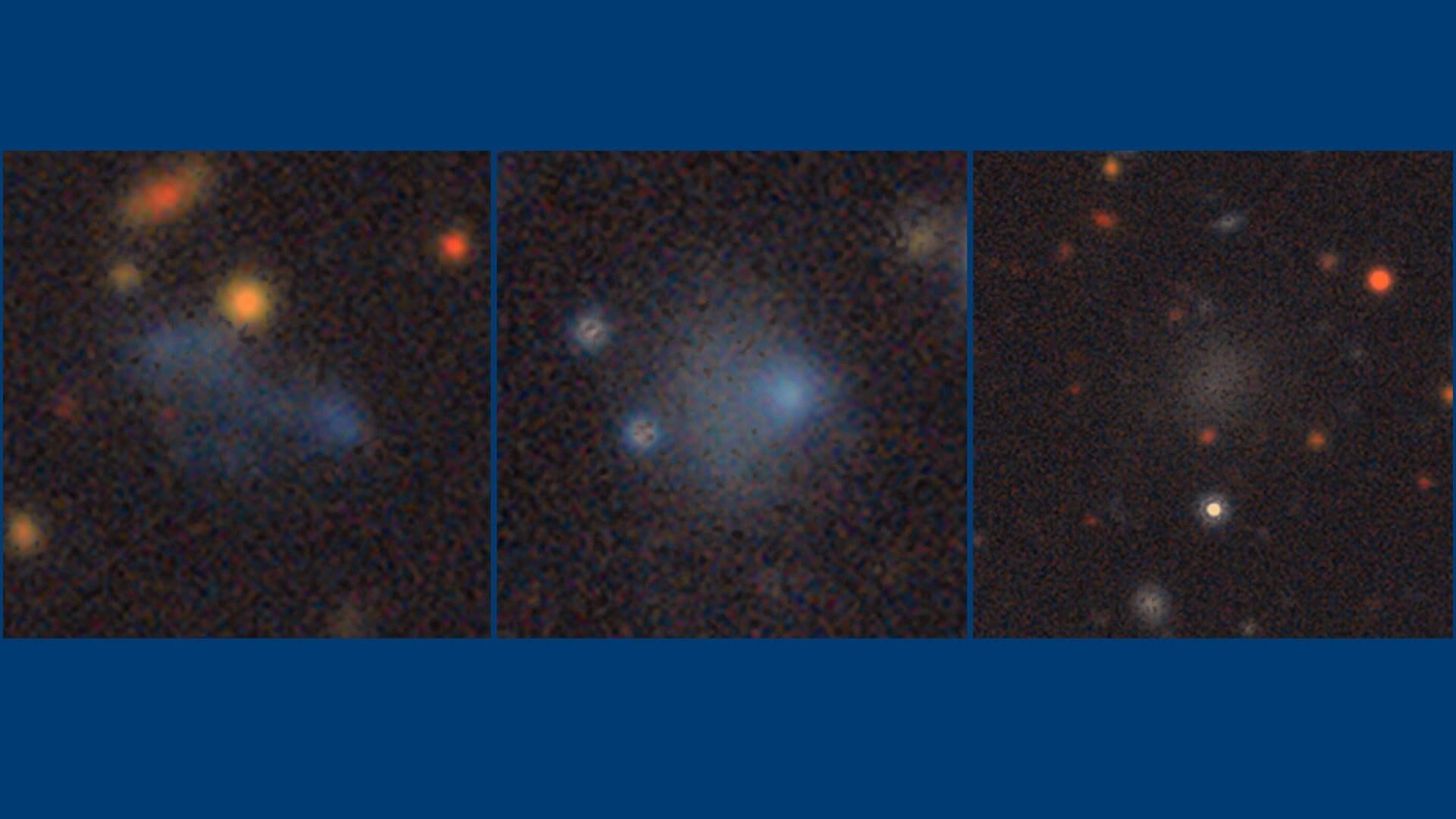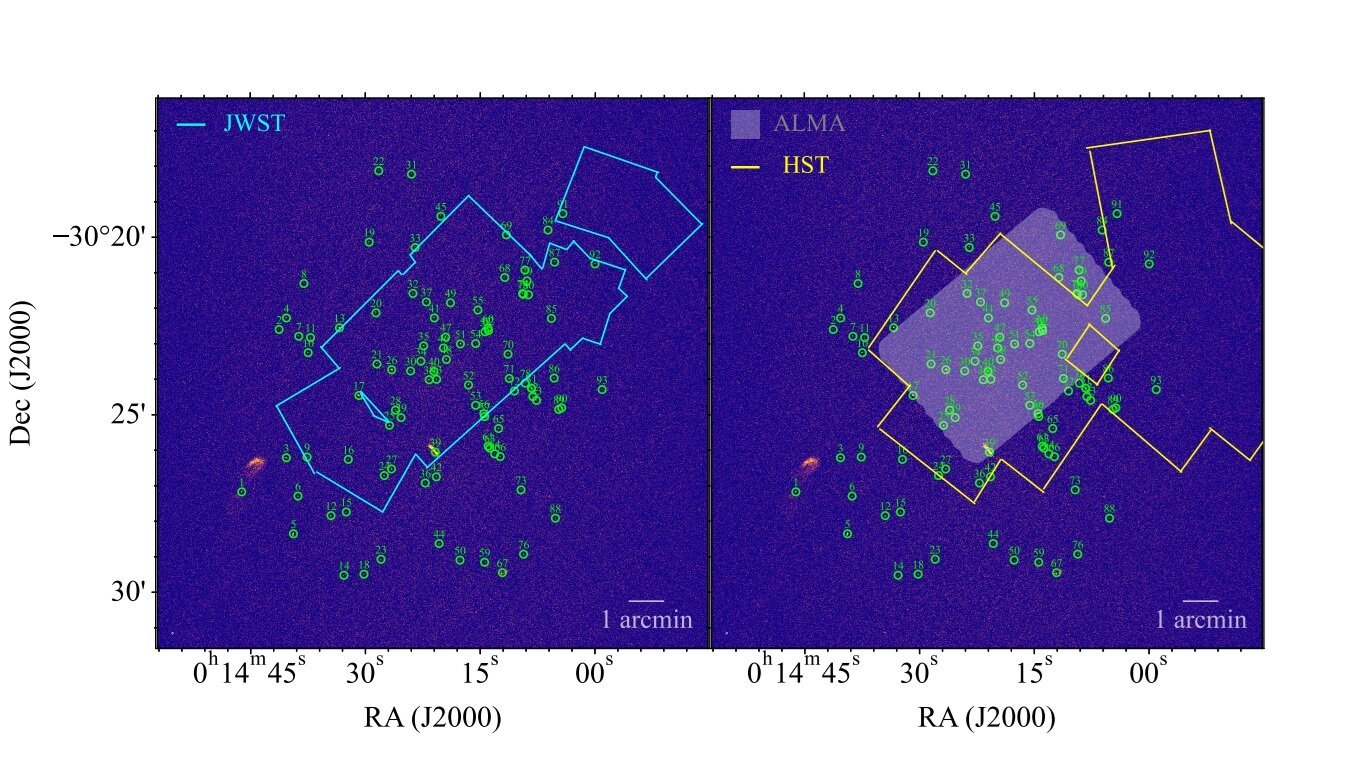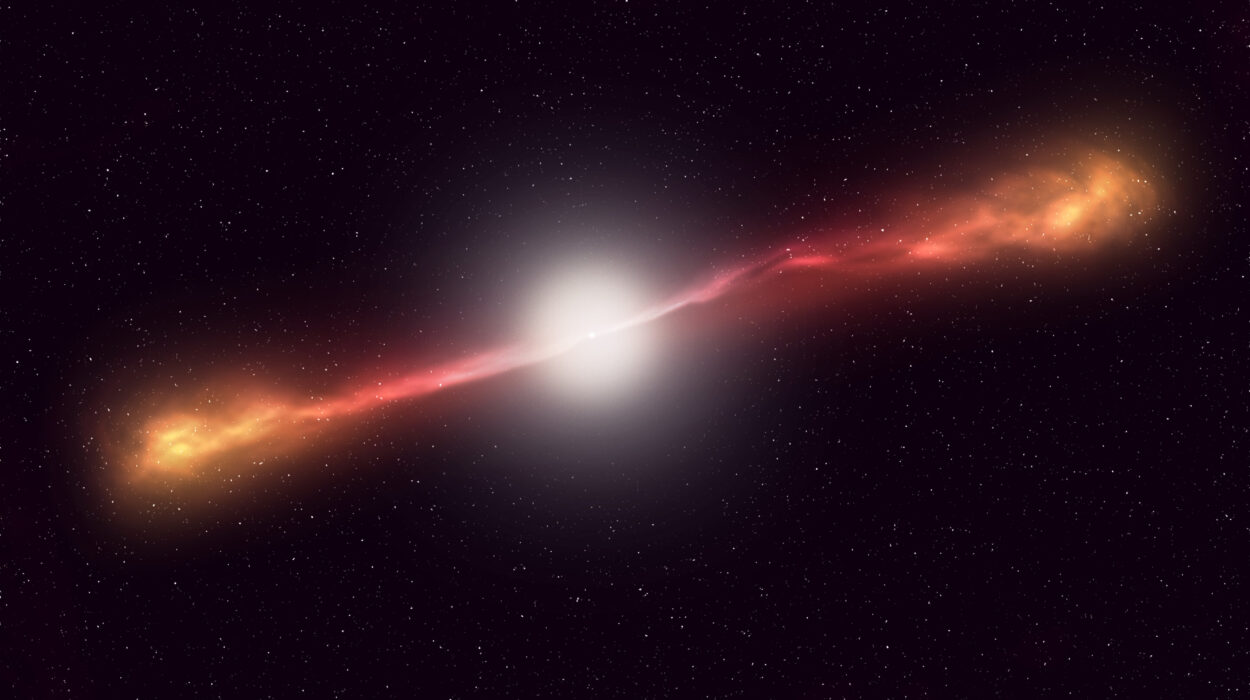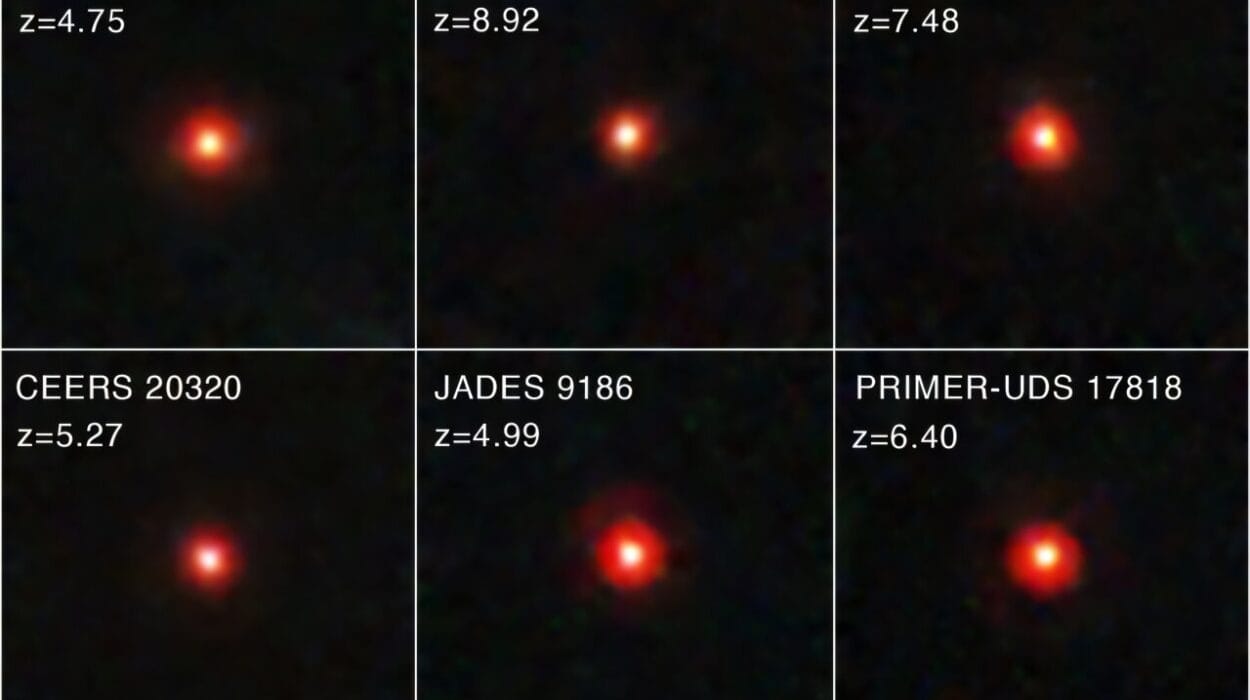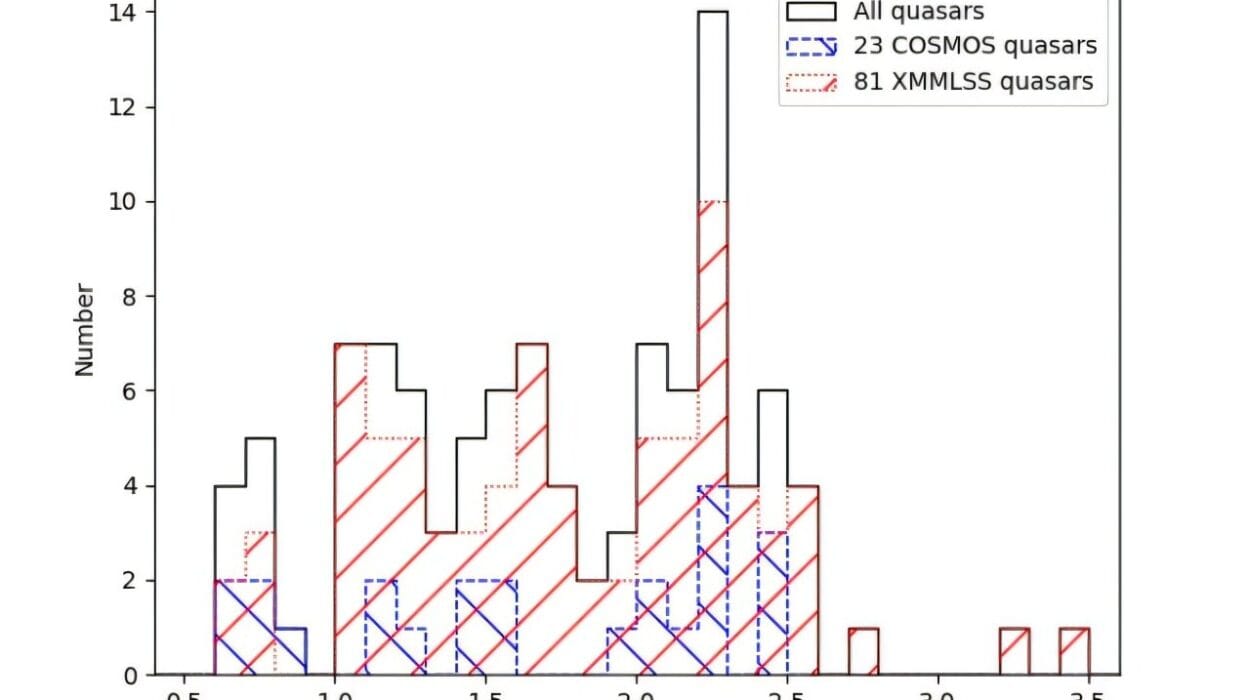When we hear the word satellite, our minds often leap to human-made machines orbiting Earth or perhaps even the Moon spinning around our planet. But zoom out far enough—way beyond the edges of the solar system—and you’ll find that even galaxies have their own satellites: smaller galaxies gravitationally bound to larger ones, orbiting them across vast cosmic timescales.
Most of our understanding of these galactic companions comes from studying the Milky Way and other large spiral galaxies. But now, a groundbreaking survey from Dartmouth College and collaborators is shifting the focus to the tiniest players in the cosmic hierarchy: dwarf galaxies and their own satellite systems.
Led by postdoctoral researcher Laura Hunter and supervised by assistant professor Burçin Mutlu-Pakdil, the team has tripled the number of dwarf galaxies previously surveyed for satellites. Their research, recently published in The Astrophysical Journal, catalogs 355 candidate satellite galaxies, including 264 entirely new discoveries. Of those, 134 are considered highly likely to be true satellites, gravitationally tethered to their dwarf hosts.
This isn’t just a triumph of detection—it’s a leap forward in how astronomers understand galaxy formation, evolution, and the elusive nature of dark matter.
Why Satellite Galaxies Matter
Satellite galaxies are more than just smaller celestial tagalongs. They carry with them clues about how the universe grew from a sea of primordial gas into a structured tapestry of stars, planets, and galaxies. In particular, these satellites are steeped in dark matter—the invisible substance that makes up most of the matter in the universe but remains undetected directly.
“The smallest galaxies are the most dominated by dark matter,” says Mutlu-Pakdil. “That makes them clean laboratories for understanding what dark matter is and how galaxies come to be.”
Dwarf galaxies, being less massive and complex than their larger cousins, act like simple test cases. By studying their satellite systems, astronomers can rewind the clock and reconstruct conditions that existed in the early universe, mere hundreds of millions of years after the Big Bang.
The First Large Survey of Its Kind
Until now, surveys of satellite galaxies have mostly focused on large systems like the Milky Way or Andromeda. That left a major blind spot: What about the satellites of the small galaxies themselves?
The Dartmouth-led study is the first to systematically search for satellites around dwarf galaxies on a significant scale. Using data from the Dark Energy Spectroscopic Instrument (DESI) Legacy Imaging Surveys, the team selected 36 host dwarf galaxies, each varying in mass and environment—some isolated, others close to larger galaxies.
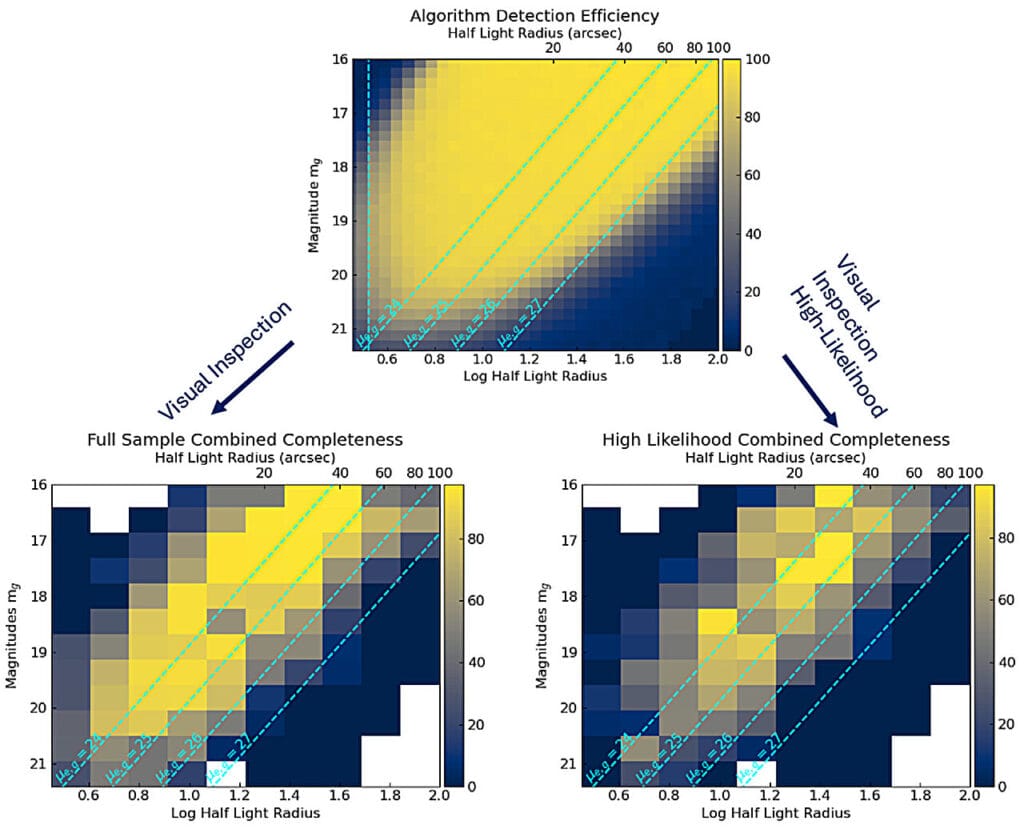
These hosts served as targets for a custom-built search pipeline. The process began with noise-reduction algorithms that scrubbed images clean of distractions—everything from bright stars to image artifacts. Then came the meticulous human touch: each potential satellite was manually inspected to confirm it wasn’t a trick of the light.
The result is the largest and most robust list of candidate dwarf satellite galaxies ever assembled.
Testing the Rules of Galaxy Formation
One of the key goals of the research is to test whether known patterns about satellite galaxies hold up when scaled down to dwarfs. For instance, past studies show that larger galaxies host more satellites—does this trend continue when you look at galaxies that are just a tenth the size of the Milky Way?
“With this survey, we’ll be able to test whether those predictions hold true with much smaller host galaxies,” says Hunter.
If they don’t, it might indicate that some of our most cherished theories about how galaxies grow—like hierarchical merging, where large galaxies build up over time by absorbing smaller ones—need to be re-evaluated. And if they do hold, it strengthens our current models and helps fine-tune them.
Simulating the Universe from the Ground Up
“Astronomy is a field where you can’t run experiments,” says Hunter. “All you can do is observe and make as many measurements as you can, and then put that data into a simulation.”
This method of “reverse engineering” the universe relies on large datasets like the one produced by the Dartmouth team. By feeding real-world observations into computer models, astronomers can simulate the evolution of galaxies and compare them against what we actually see. When things don’t match, it often means the underlying physics—especially about dark matter—is still incomplete.
The new dwarf satellite survey provides one of the most detailed datasets yet to test these simulations, especially on small scales where the effects of dark matter should be most obvious.
What Makes a Dwarf Satellite Galaxy Special
Unlike their hosts, satellite galaxies are fragile. They can be stripped of their gas, distorted by gravitational tides, or even consumed entirely by their larger neighbors. This makes detecting them difficult—and also incredibly valuable.
Each dwarf satellite is a survivor of a brutal cosmic landscape, carrying with it signatures of the forces that shaped it.
“Each one of them holds a little clue about the physics of how galaxies form,” says Mutlu-Pakdil.
And because dwarf satellites are dominated by dark matter, understanding their internal structure, motion, and composition could bring us closer than ever to solving one of the most pressing mysteries in all of science: What is dark matter made of?
The Next Steps: Confirming and Characterizing
The new study marks only the beginning. The research team is already conducting follow-up observations using powerful telescopes to confirm which of the 355 candidates are indeed real galaxies orbiting their dwarf hosts.
They also plan to explore their gas content, star formation rates, metallicity (the presence of elements heavier than hydrogen and helium), and internal dynamics. Each of these properties tells a different part of the story.
“Getting the answers will require a lot of resources and telescope time,” Mutlu-Pakdil admits. “But the impact will be incredible.”
If confirmed, the candidate galaxies will not only expand our census of known galaxies but will help build a statistical sample of the smallest galaxies in the universe—a treasure trove for dark matter and galaxy evolution research.
A Cosmic Microcosm of the Universe’s Past
While the satellites of massive galaxies like the Milky Way offer a grand view of galactic structure, it’s in these smaller systems that some of the universe’s oldest and most pristine secrets may lie.
Because dwarf satellites are so dim and faint, many of them have gone unnoticed until now. But the more we look, the more it becomes clear: the universe has structure and complexity at every scale, even in places where we once thought emptiness ruled.
In studying these quiet, dusty systems, astronomers are peering through a window that opens not just into the history of galaxy formation, but into the very nature of the invisible matter that holds galaxies together.
An Expanding Horizon for Future Astronomy
The Dartmouth team’s work is a testament to the power of collaborative science, deep imaging, and creative data analysis. With technology like the DESI Legacy Imaging Surveys and the coming power of next-generation observatories like the Vera C. Rubin Observatory and James Webb Space Telescope, we are poised to map the cosmos at levels never imagined before.
This work will inspire new simulations, challenge old theories, and perhaps, one day, provide the key to finally unlocking the true identity of dark matter—one of the last great frontiers in physics.
In the end, these faint smudges of light around tiny galaxies remind us that the universe is rich not just in stars and galaxies, but in mystery, elegance, and discovery. Even the smallest galaxies can cast the longest shadows—especially when they whisper the secrets of how everything began.
More information: Laura Congreve Hunter et al, Identifying Dwarfs of MC Analog GalaxiEs (ID-MAGE): The Search for Satellites around Low-mass Hosts, The Astrophysical Journal (2025). DOI: 10.3847/1538-4357/ade9a4
